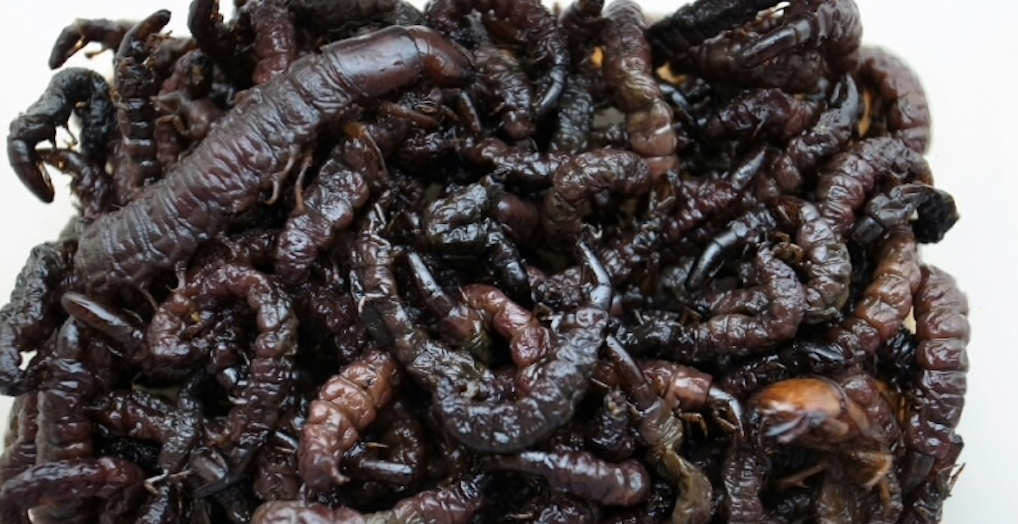Nagano tries to preserve traditional insect dishes
A community in central Japan is trying to preserve its dying tradition of catching and cooking local aquatic insects by encouraging younger people to learn the skills as catchers age.
The food culture centers around the city of Ina in Nagano Prefecture, where caddisfly and stonefly larvae, colloquially known as zaza, can be caught upstream in the nearby Tenryu River.
The catches are often made into tsukudani – a common Japanese dish cooked by simmering a wide variety of ingredients such as fish, clam and seaweed in soy sauce, mirin cooking rice wine, sugar and sake.
The name zaza is said to originate from the sound the river makes where the insects live. They were treasured in the past as sources of protein.
Determined not to let the area’s precious inheritance die out, local authorities have organized opportunities for young people to catch and eat zaza insects.
At the Tenryu River in late January, three fishermen demonstrated the traditional skills for catching the larvae at an event for students at a local agricultural high school.
Shoji Nakamura, a veteran insect hunter of more than 50 years, rolled rocks in the river’s shallow waters with his boots wrapped in a steel chain to keep his balance. A cheer erupted when the 78-year-old, using a net, disturbed the larvae, causing them to float to the surface of the water.
After taking part in the experience, the students were treated to a larvae “tsukudani” dish.
“They were crispy and tasty like shrimp. It was fun to catch them too,” said Taisei Imamura, an 18-year-old high school senior.
The best season for catching zaza is from December to February when their fat content increases. People who want to catch them must join a local fishery association, and obtain a fishing license every season.
At its peak, there were 78 licensed fishers in 1994, but the number has since declined and only 10 people aged between 69 and 85 were left this season.
“There was a fisher in his 40s until recently but a typhoon dispersed the insects, causing poor fishing for some time, so he stopped coming,” said Takayoshi Hara, head of the fishery association.
Nakamura continues to catch zaza insects along with his agricultural work and a job at a social welfare facility. He went catching for some 20 days every season but says that those days are now decreasing along with his weakening physical strength.
Aside from continuing to offer experiences with zaza insects, Nagano Prefecture and Ina city plan to strengthen public relations efforts including tasting events at shops in Tokyo that promote prefectural food.
“We would like people to learn about the merits of our traditional culture so that it can be preserved as part of people’s lives,” said an Ina city official.
Source: JapanToday © KYODO



























